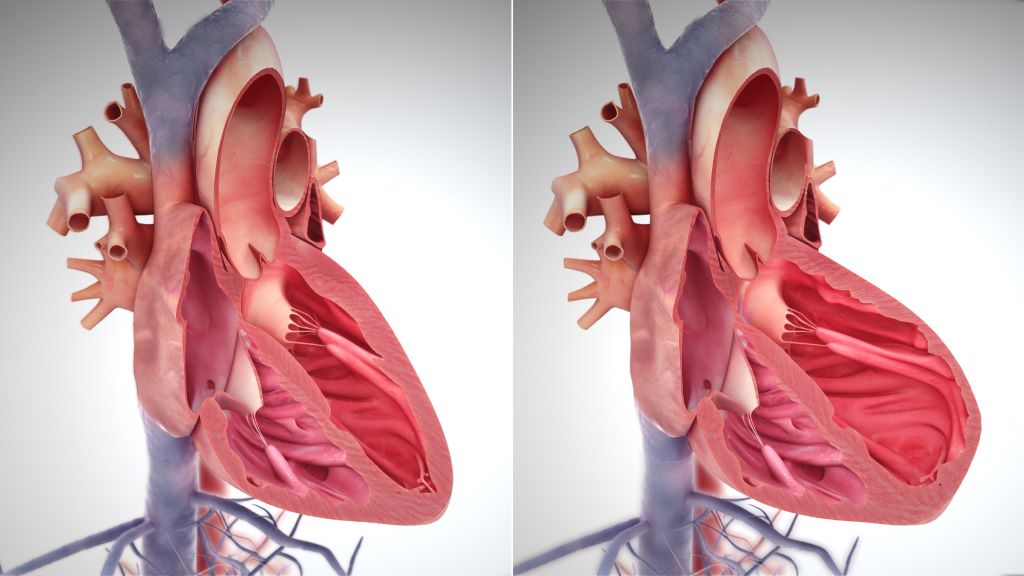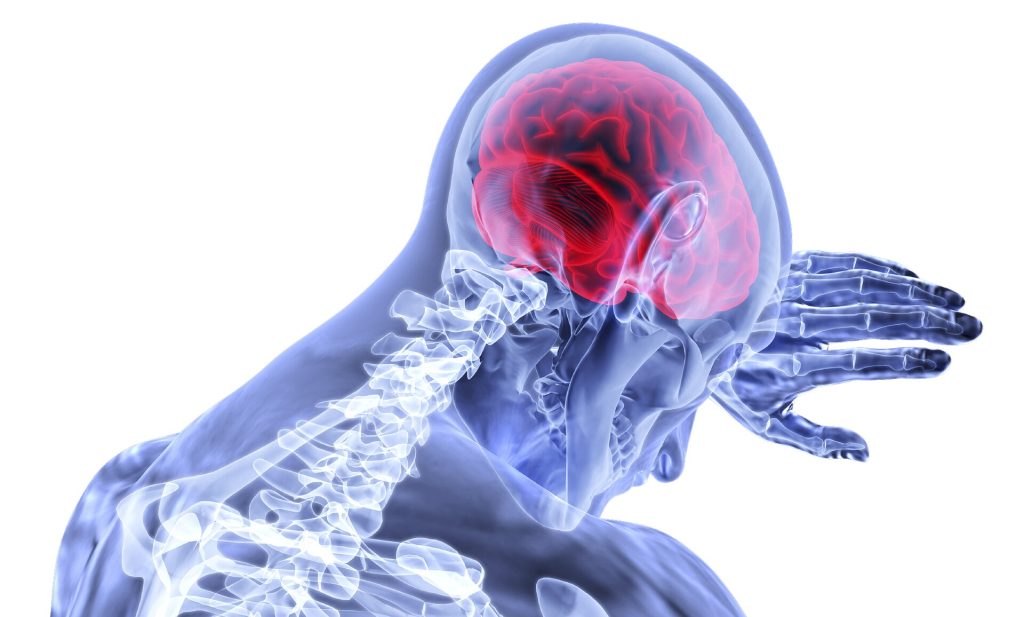Are High Support Bras Bad for the Back?

Research from the University of Portsmouth suggests that bras offering excessive bounce reduction may come with hidden consequences for spinal health.
Sports bras are extremely popular in the health and fitness world, with the bra industry often emphasising “bounce reduction” as a key indicator of a bra’s performance. However, a new study suggests that high-support bras that significantly reduce breast bounce could have a detrimental effect on the spine.
Published in the European Journal of Sport Science, the preliminary research revealed that bras designed to prevent breast bounce during exercise may unknowingly cause potential unseen consequences on the musculoskeletal system.
Dr Chris Mills and a team from the School of Psychology, Sport and Health Sciences at the University of Portsmouth employed advanced tools – including motion capture, force platforms, and a 3D surface scanner – to investigate the effects of breast movement on spinal rotational forces. Using a first-of-its-kind whole-body, female-specific musculoskeletal model, the study examined how varying levels of breast support influenced torso motion, breast forces, and spinal moments during running.
The findings revealed that while sports bras are essential for reducing breast pain during exercise, achieving 100 percent bounce reduction could unintentionally increase loading on the spine.
Simulated conditions showed that bras eliminating breast movement led to higher spinal moments, which could elevate the risk of lumbar back pain. Researchers emphasised the importance of striking an optimal balance in bra design; reducing breast bounce without overloading the spine.
r Mills said: “While a supportive sports bra is crucial for exercise comfort, excessive bounce reduction may place additional strain on spinal muscles, increasing the risk of back pain.”
The study, built on two decades of research by the University’s Research Group in Breast Health, highlights the need for bra manufacturers to consider the unseen musculoskeletal impacts on the human body in their designs. Professor Wakefield-Scurr, often referred to as the ‘Bra Professor’, added, “These findings suggest that striving for maximum bounce reduction may inadvertently pose challenges to spinal health during activities like running.
“As sports bras evolve, this study challenges industry leaders to innovate designs that balance comfort, breast support, and holistic health, ensuring that bounce reduction doesn’t come at a cost to spinal health.”
The creation of a subject-specific female musculoskeletal model enabled researchers to gain a detailed understanding and approximation of changes in spinal moments, following simulated changes in breast motion during running.
Previous research by the Portsmouth team used the model to predict changes in spinal moments after breast surgery.
“The musculoskeletal model could become a useful tool in predicting appropriate and personalised rehabilitation recommendations, which could help ease the loading on the spine after breast surgeries”, explained Dr Mills.
“Understanding the individual muscular contributions will help to develop personalised pre-surgical rehabilitation programs as well as bras that work in tandem with each female body to maximise performance and reduce injury risk.
“Moving forward the key goal is to determine what is the optimal amount of bounce reduction to both reduce exercise induced breast pain and also the internal loading on the spine during physical activity.”
Source: University of Portsmouth





